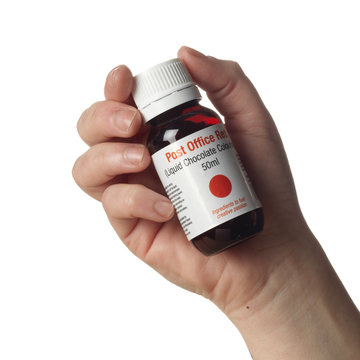The difference between powdered, liquid and gel colours?
Author: phil Date Posted:1 November 2012

Liquid, gel and powdered colours
Powdered colours are stronger in colour because they have a higher degree of active agent than the others. The main problem with using liquid or gel colours is that they introduce other elements into your creation. Nearly all the gel or liquid colours require a preservative to maintain a shelf life, water and glycerin make great medium for bugs. As gel and liquid colours are weaker a larger dose rate is required which can interfere with the balance of a recipe. Powdered colours also have problems, they are fine powders which if spilt on a bench are hard to see until hit by moisture. It only takes a small amount of powder to create colour, The Melbourne Food Depot's customer base uses exclusively powdered colours for manufacturing all kinds of products in the food and pharmaceutical industry. If you require a liquid colour without the preservative just mix the powder with a small amount of water prior to using.
So in summary:
Soft gel colours contain a lot more than just colour. They have water, sugar, corn starch, vegetable gum, citric acid, sodium benzoate and potassium sorbate. That's a lot of other stuff your putting into your product that will have to be declared on the label. As some people are allergic to certain preservatives if you use the soft gel paste colours you need to declare. Solution grab a powdered colour and add water prior to use. Its that simple to avoid having to declare a hand full of products on your label that you don't want in your product in the first place.

